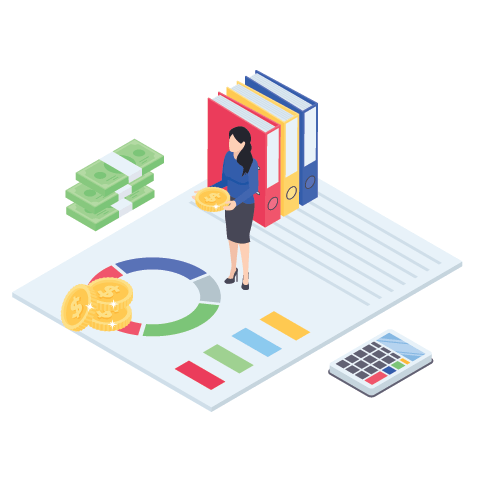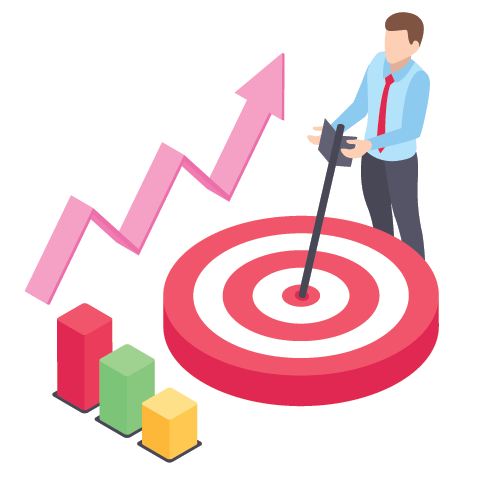Full Stack Data Science Course
Master the complete data science pipeline—from data cleaning and visualization to machine learning and backend deployment. Ideal for aspiring data scientists, analysts, and ML engineers.

“Why Learning Data Science is the Smartest Move You Can Make Today”
Data is the new fuel powering every industry — from healthcare and finance to entertainment and technology. By learning data science, you gain the ability to turn raw data into valuable insights, helping businesses make smarter decisions, governments run more efficiently, and innovations happen faster. Not only is it one of the highest-paying and fastest-growing careers, but it also lets you solve real-world problems with logic, creativity, and impact. Whether you're analyzing climate trends or predicting disease outbreaks, you can be the change-maker the world needs. Start your data journey today — because the future belongs to those who understand data.
certification courses
Available Seats
30
Class Mode
Online / Offline
available Schedule
8.00 Am - 7.00 pm
15% discount
Module 1: Introduction to Data Science
Begin your journey with a comprehensive overview of the data science domain and its key components. Understand what Data Science is, how it's transforming industries through real-world applications and current trends, and how it differs from Data Analytics and Machine Learning. Explore various roles and responsibilities within the data science field to gain clarity on career paths and expectations.
Overview of the data science domain and its key components.
- What is Data Science?
- Applications & Trends in Industry
- Data Science vs Data Analytics vs Machine Learning
- Roles and Responsibilities in Data Science

Module 2: Python for Data Science
Master Python programming to efficiently handle and analyze data with ease. Start with the basics—variables, data types, and control flow—then build your skills with functions, modules, and packages. Dive into NumPy for fast numerical computing and Pandas for powerful data manipulation. Finally, bring your data to life using Matplotlib and Seaborn for clear, insightful visualization
- Python Basics: Variables, Data Types, Control Flow
- Functions, Modules, and Packages
- Numpy for numerical computing
- Pandas for data manipulation
- Data visualization using Matplotlib & Seaborn

Module 3: Data Wrangling & Preprocessing
Learn how to clean and prepare raw data for effective use in machine learning pipelines. This module covers essential techniques like handling missing values, encoding categorical variables, and applying feature scaling and normalization. You'll also explore methods for detecting and treating outliers to improve data quality and model performance.
- Handling Missing Data
- Encoding Categorical Variables
- Feature Scaling & Normalization
- Outlier Detection and Treatment

Module 4: Exploratory Data Analysis (EDA)
Explore and understand the structure of your data through detailed analysis and visualization techniques. This module focuses on identifying key patterns, trends, and anomalies within datasets using univariate, bivariate, and multivariate analysis. Learn how to measure relationships between variables using correlation and covariance, providing insights into data behavior. You'll develop the ability to spot outliers and visualize distributions that influence model performance. Visual tools such as histograms, box plots, and scatter matrices will be introduced for in-depth data interpretation. Additionally, foundational concepts in hypothesis testing will help validate assumptions before modeling.
- Univariate, Bivariate, and Multivariate Analysis
- Correlation & Covariance
- Visualizing Outliers, Trends, and Patterns
- Hypothesis Testing

Module 5: Machine Learning
Supervised Learning
Train predictive models using labeled datasets.
- Regression: Linear, Lasso, Ridge
- Classification: Logistic Regression, KNN, SVM, Naive Bayes
- Model Evaluation: Confusion Matrix, ROC-AUC, F1 Score
Supervised Learning
Discover hidden patterns in data using clustering and dimensionality reduction.
- K-Means and Hierarchical Clustering
- PCA and t-SNE for Dimensionality Reduction
- Association Rule Learning
- Anomaly Detection

Module 9: Deployment & Cloud
Learn how to take your machine learning models from notebooks to real-world applications through deployment techniques. This module covers building APIs using Flask or Django to serve models, enabling user interaction via web interfaces. Gain hands-on experience with Docker for creating lightweight, portable containers to streamline deployment workflows. Understand the basics of cloud platforms like AWS, Render, and Heroku for hosting and scaling applications. Additionally, explore Git and GitHub to manage code versions, collaborate with teams, and maintain deployment-ready projects. By the end of this module, you'll be equipped to launch data-driven solutions in production environments.
- Model Deployment using Flask/Django
- Introduction to Docker
- Cloud Platforms: AWS, Render, or Heroku
- Git & GitHub for Version Control

Module 7: Capstone Projects
Apply everything you've learned by working on real-world datasets to develop practical, end-to-end data science solutions. This module guides you through the complete project workflow—from data preprocessing and model development to deployment. You'll collaborate with peers using GitHub for version control and teamwork, simulating real industry practices. Emphasis is placed on code quality, documentation, and communication. By the end of the project, you'll present your work, receive detailed feedback, and refine your solutions accordingly. These capstone projects help you build a strong portfolio to showcase your skills to potential employers.
- Real-World ML Project
- Complete Workflow: Data → Model → Deployment
- Team Collaboration on GitHub
- Final Project Presentation & Feedback


